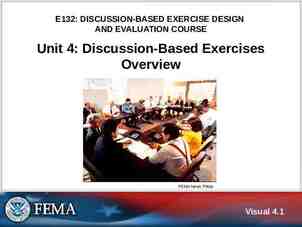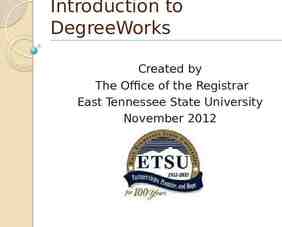International Trade Chapter 17
17 Slides717.31 KB
International Trade Chapter 17
The Key to Trade The key to trade is specialization Different regions of a country specialize in certain economic activities Example: NYC – financial industry Detroit – auto industry Midwest – wheat Florida – citrus fruit
Whatever countries specialize in, that is what they export Export goods and services a country produces and sells to other nations Example: Saudi Arabia – oil Argentina – beef Russia – steel Niger – uranium Import goods and services one countries buys from other countries
Without international trade, many products would not be available on the world market Example: Coffee would not be available outside of Colombia or Brazil Bananas would not be available outside of Honduras Many imports are necessities Examples: Some nations do not have iron ore and cannot make steel Some nations do not have oil and cannot make gas
The Basis for Trade In some cases it might be cheaper for a nation to import a product than to manufacture it Absolute Advantage: A country has this when they can produce a product more efficiently than another country can Comparative Advantage: The ability to produce a product relatively more efficiently, or at a lower cost
Gains from Trade Every country is better off producing the products they produce relatively best Specialization and trade increases world output This explains the nature of trade between countries like the US and Colombia The US has lots of iron and coal They also have the money and labor to make tractors & farm machines Colombia doesn’t have much money or skilled labor It does have the land, labor and climate to produce coffee So the US will trade farm machinery for coffee
Restricting International Trade Trade restricted in two ways: tariffs and quotas Protective Tariff tax on imports to increase their price so it can compete with domestic products helps domestic industry from being undersold by foreign ones Revenue Tariff tax on imports high enough to generate money for the gov’t without prohibiting imports Until 1916, tariffs were the major source of revenue for the US government
Quotas: Sometimes foreign goods cost so little that even a high tariff may not protect the domestic market Can be set as low as zero to keep a product out This might hurt Americans because the cost of the US product is too high and a foreign product may be cheaper
Arguments for Protection Protectionists people who want trade barriers to protect domestic industries Free traders people who favor few or no trade barriers Reasons for trade barriers: 1) national defense During war, a country might not be able to get critical supplies Must decide which products are vital to national defense USS Abraham Lincoln USS George Washington
2) promoting infant industries New or emerging industries should be protected from foreign trade They need to gain strength and experience before they can compete Latin America puts tariffs as high as several hundred percent on American cars to protect their own car industry Lobini H1 - Brazil
3) Protecting domestic jobs Biggest argument for barriers American jobs are protected by tariffs and quotas 4) keeping the money at home Limiting imports will keep American money in the US Most of the time the money comes back though Example: US money for Japanese cars comes back when Japan buys cotton and airplanes
5) balance of payments The difference b/w money a country pays out to, and receives from, other nations when trading. Barriers help balance the payments by restricting the amount of imports However, when money returns to the US, it stimulates employment in other industries
The Free Trade Movement Using trade barriers only works if the other nation does not retaliate with their own barriers During Great Depression, the Hawley-Smoot Tariff raised tariff rates so high that the prices of imports rose almost 70% In return, other countries raised their rates World trade almost came to a halt
It didn’t take countries long to realize high tariffs hurt more than help In 1934, the US passed the Reciprocal Trade Agreement Act Reduced tariffs up to 50% if other countries did the same Also had a “most favored nation clause” which allows a country to get the same rate the US negotiates with a 3rd country
GATT: 23 nations signed the General Agreement on Tariffs and Trade (GATT) Lowered more tariffs and worked to do away with quotas Later, the president was given the power to negotiate more tariff reductions Over 100 countries agreed to reduce tariff levels by the early 1990’s
GATT was replaced by the WTO International agency that administers trade agreements Settles trade disputes b/w governments Gives training and assistance for developing countries Because of GATT and the WTO, international trade is flourishing Tariffs have been greatly reduced
North American Free Trade Agreement (NAFTA): Created by George HW Bush’s administration and finalized under Clinton’s administration It makes most trade b/w the US, Canada, and Mexico free There have been some negatives, but trade has grown dramatically between the three countries






















